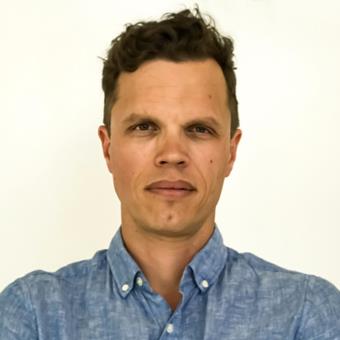It’s about preparing the students for the reality they will face in the workplace.
“Our starting point is an imagined professional. And then the question is, which skills and knowledge do the students need, and how should we design the programme so that they are best positioned to acquire them”, says Svante Gunnarsson.
That might sound obvious, but in the late 20th century there was an increasing gap between what was taught in engineering programmes and the requirements that the students faced after graduation. The initiative for CDIO came from MIT in the United States, one of the world’s best universities. MIT joined forces with LiU, Chalmers and KTH to build the CDIO framework. Primary funding came from the Wallenberg Foundations. The work started in 2000 and initially comprised one programme from each university – in LiU’s case the engineering programme Applied Physics and Electrical Engineering.
“The first meeting was held in Conference Room One, in the now dismantled Origo Building. It was big enough for all the participants – a handful from each university. There weren’t more of us than that”, recalls Svante Gunnarsson.
As a former member of the education committee he was involved from day one, even if he didn’t play a central role at that time. Today he is LiU’s representative in the international CDIO network. A few years after its founding, more universities began using CDIO, and today the collaboration includes some hundred universities from around the world.
Active and enjoyable learning
Photo credit Göran BillesonCDIO courses are offered in all of LiU’s engineering programmes, and to date, several thousand students have taken them. The students are normally very happy with the courses.
For several years, Peter Hallberg has been coordinator for the course “The Engineer and the CAD Tool”, better known as “The Catapult Course”. Here the students are to produce a catapult that can hit three targets at an unknown distance. They get points for accuracy, but also for the machine’s weight and cost. The idea is that they practise creative thinking, based on a product’s requirements.
“At the end there’s a competition, that they’re not graded on, but that pushes them to make an extra effort. We try to make it enjoyable, inspirational”, says Peter Hallberg.
The course ends just before Christmas with a competition where the catapults are put to the test – another incentive to spend a few more hours on an already demanding course.
Peter Hallberg has worked with CDIO for over a decade, and sees a number of positive effects.
“We’re experiencing a period of transformation, where the needs of industry are increasingly complex and changeable. In the future, engineering programmes must be able to adapt much more quickly, and here I think CDIO will be crucial.”
First to offer CDIO in medicine
New this year is that CDIO is also used in LiU’s first international BSc programme, Experimental and Industrial Biomedicine. The programme is an updated version of the former BSc programme in medical biology.
“We saw that our biomed students were well trained, but had trouble seeing how they could work in their profession. I do a lot of interdisciplinary work, and heard about CDIO, which was created to solve the same type of problems in the engineering programme”, says programme coordinator Anna Fahlgren.
Together with Svante Gunnarsson she explored whether CDIO could be used in a medical programme, and they determined that the answer was yes. In the autumn of 2018 the first students arrived.
“In the first term they make a device for measuring biological substances. When they develop an application like this, they can see clearly how their choices have implications for the end product”, says Anna Fahlgren.
The idea of extending the framework to medical education was very well received at the latest CDIO world congress in Japan.
“They said ‘Wow, how clever, of course it should be used in other disciplines.’”
It’s possible that in the future, CDIO will be applied in more fields.
“The best thing about CDIO is seeing what our students achieve in the various programme years, how they can develop and produce highly advanced things. They’re impressive”, says Svante Gunnarsson.
Translation: Martin Mirko
Facts about CDIO
- CDIO stands for Conceive, Design, Implement, Operate.
- The main building blocks of CDIO are a holistic view of the profession, active learning and various project courses.
- For more info, visit www.cdio.org.




